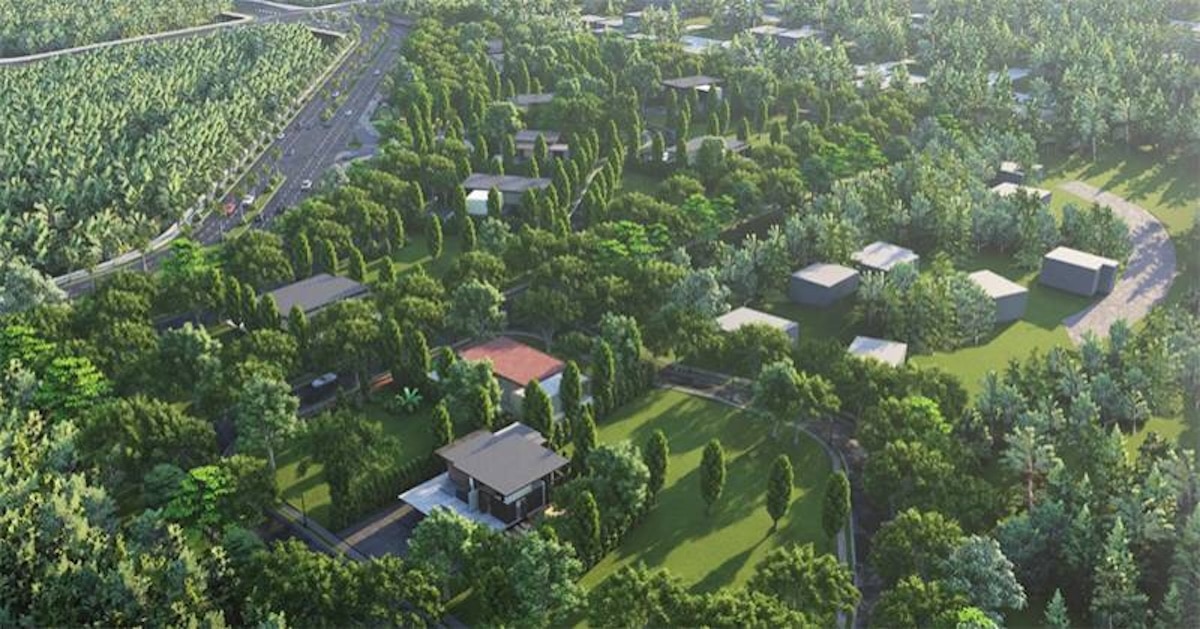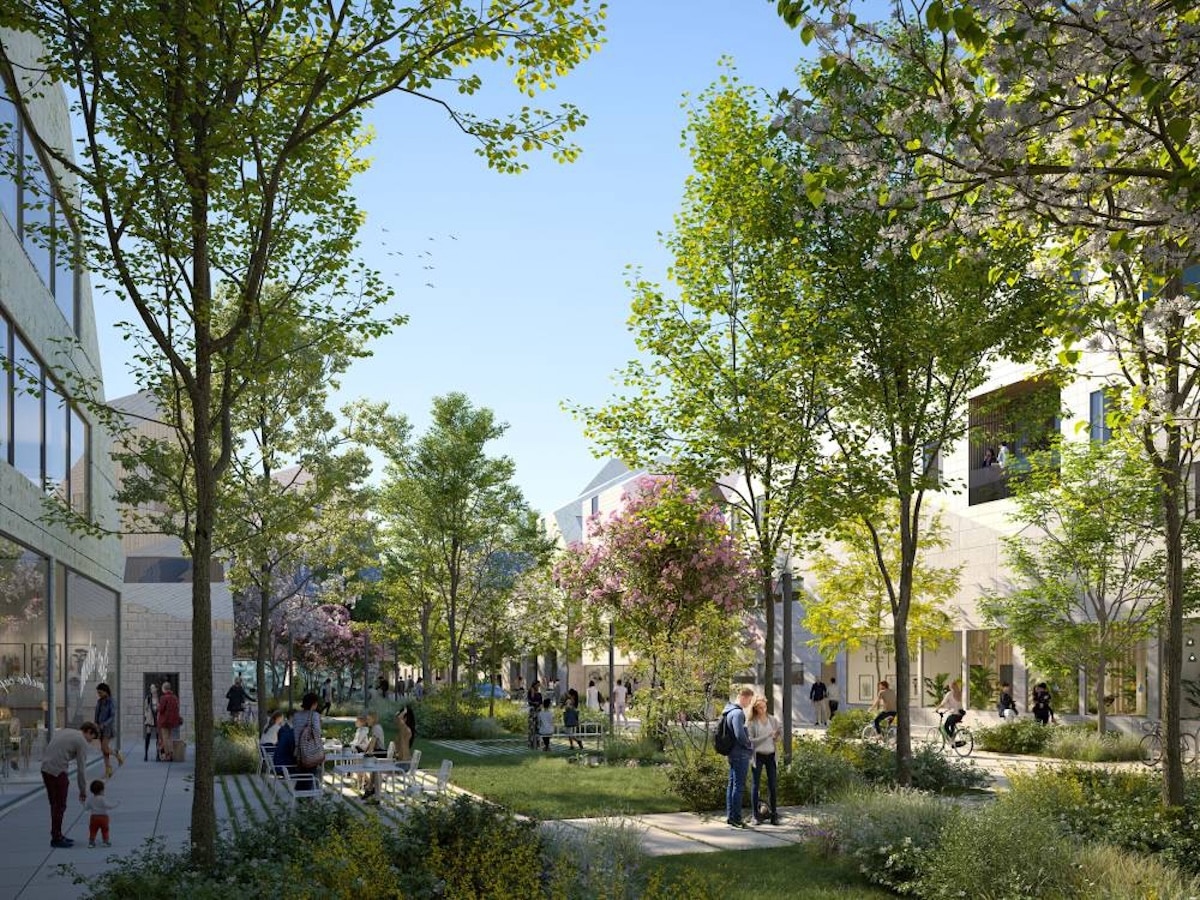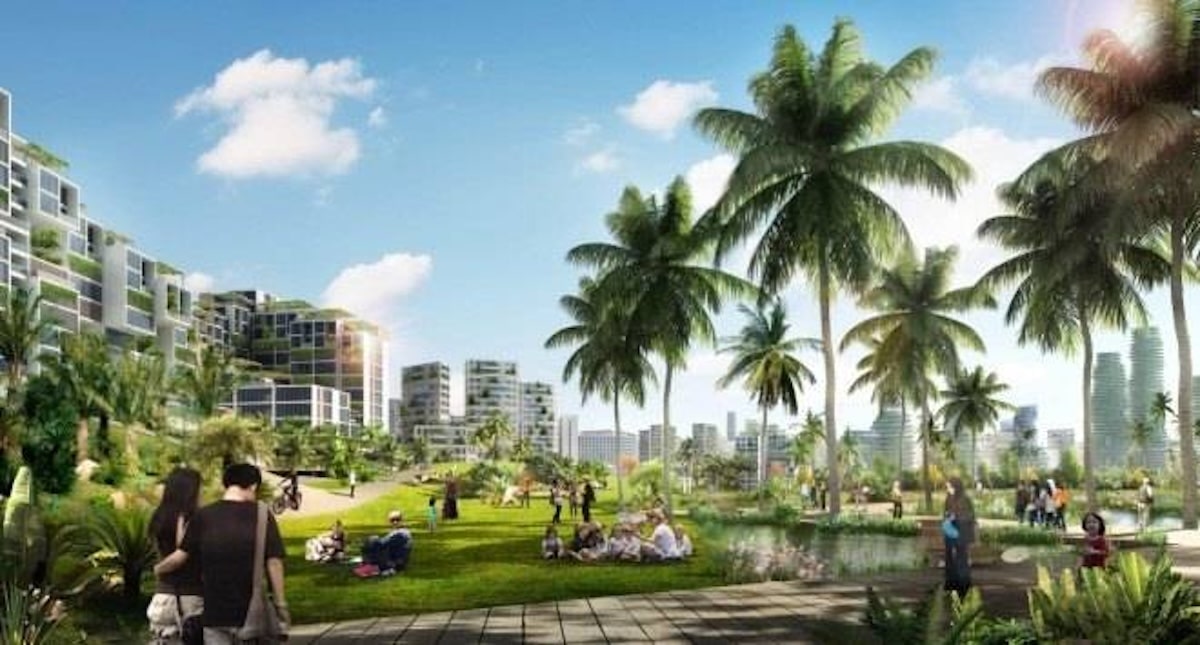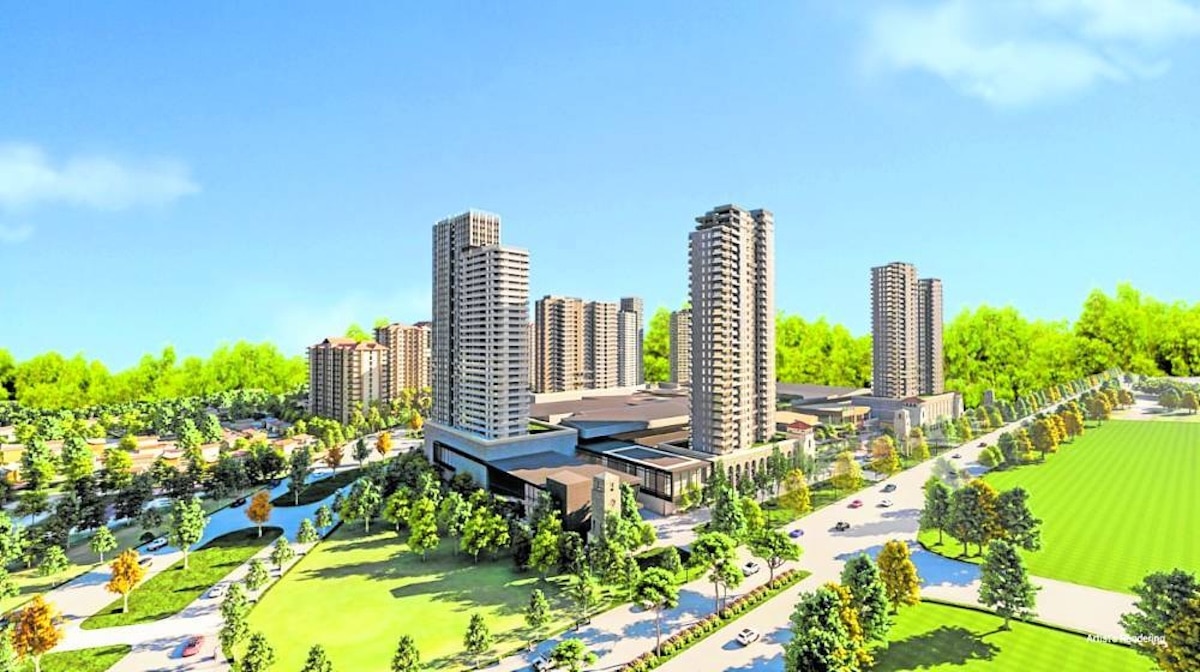The hidden blueprint of nature

Sustainability is no longer a marketing pitch. It is a survival mechanism on a warming planet. —CONTRIBUTED
Real estate developments follow a familiar formula —land clearance, construction, landscaping, and occupancy.
However, as urban expansion encroaches on every available green patch, what often gets erased in the process is more than just trees or grass. It is the quiet, complex network of biodiversity that holds a place together. From insect populations to the shade of native trees, every living layer affects the environment that future communities will inherit.
Why biodiversity belongs at the heart of every masterplan
Soil microbes, flowering species, bird habitats, and insects play invisible roles in environmental regulation. They filter air, recharge groundwater, cycle nutrients, and control pests.
Strip away these natural actors, and the built environment suffers. Concrete alone cannot provide shade, and a manicured lawn will never replenish the soil.
An area rich in biodiversity provides something that infrastructure cannot replicate. It supports mental health, stabilizes temperature extremes, and improves the land’s resilience against flood and erosion. Without these systems, even the most masterfully planned developments become reactive. Roads flood. Yields drop. Energy demand increases.
The danger of designing in a vacuum
In fast moving cities, time can often outpace thought. Developers aim to deliver quickly, pushing construction forward with imported trees, artificial lakes, and standardized amenities.
This mindset overlooks something crucial. Not all green is good.
Introducing non-native vegetation or clearing ancestral ecosystems fragments habitats that took centuries to form is a superficial copy of nature that might look presentable on brochures but collapses under environmental stress. Heat islands worsen. Water drains inefficiently. Livability drops.
Developers must ask more complex questions. What lived here before? What patterns supported life? What systems can remain in place? Replacing existing ecology with imported aesthetics discards accumulated wisdom that the land quietly held for generations.

Biodiversity does not mean wild, unkempt chaos. It can coexist with order, function, and formality. —MVRDV.COM
Rewilding without regressing
Biodiversity does not mean wild, unkempt chaos. It can coexist with order, function, and formality.
Developers can integrate existing species into open spaces, green corridors, and building edges. Preservation zones can become valuable features, anchoring identity and pride in place.
This consideration requires collaboration with biologists, ecologists, and environmental designers who do more than beautify. They also diagnose, forecast, and regenerate. Their work protects a project’s real long-term value–the health of its environment.
Instead of clearing and replacing, developers can recalibrate and reveal. Let creeks run their course. Let native species hold their ground. These gestures may seem minor but they help shape how air moves, rain falls, and people thrive.

Where biodiversity thrives, so do people. —INHABITAT.COM
Profits come from places that work
Healthy biodiversity creates better microclimates, cooler streets, cleaner air, and quieter zones. These qualities increase occupancy rates, extend property life cycles, and attract residents who tend to stay longer.
Sustainability is no longer a marketing pitch. It is a survival mechanism on a warming planet.
Where biodiversity thrives, so do people. And where people thrive, real estate finds its actual value. Developers who ignore this face rising maintenance costs, community dissatisfaction, and regulatory hurdles.
Those who plan with nature position their projects for continuity, appreciation, and relevance.
The logic is simple. Stop treating land as a blank canvas. Start listening to what the land already has to say.
The author (www.ianfulgar.com) is a leading architect with an impressive portfolio of local and international clients. His team elevates hotels and resorts, condominiums, residences, and commercial and mixed-use township development projects. Ian’s innovative, cutting-edge design and business solutions have garnered industry recognition, making him the go-to expert for clients seeking to transform their real estate ventures



